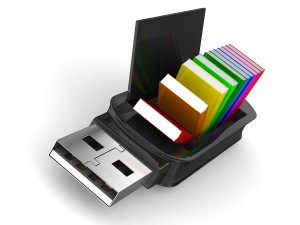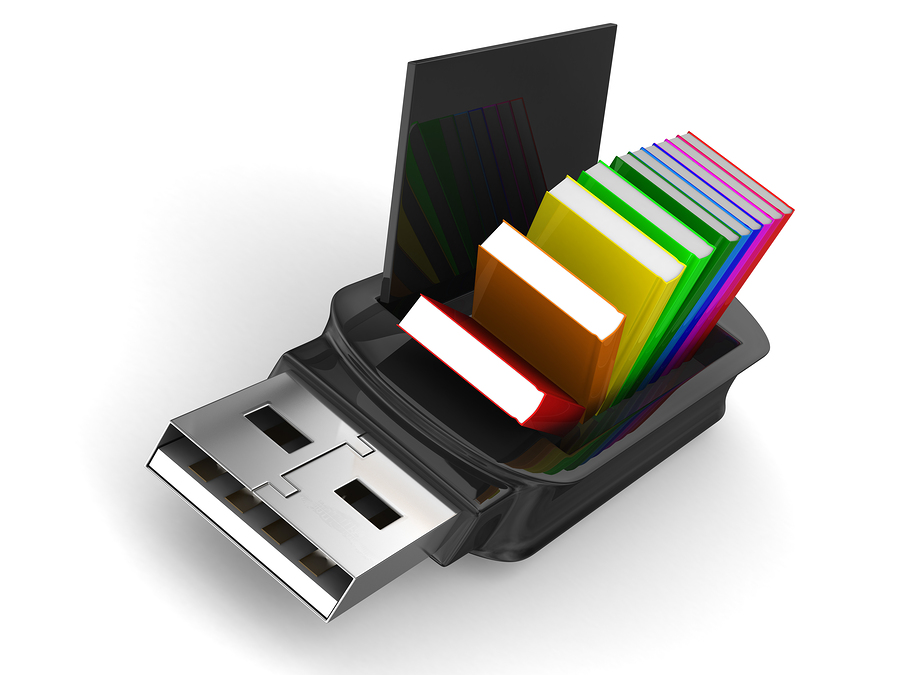
If you’ve just received a USB flash drive from someone, or are planning to give one of your old drives to a friend, it’s time to do some Spring Cleaning! Formatting your flash drive not only cleans out old data, it will also remove corrupt files and other nasty bits of code that could compromise the drive’s function. Fortunately, formatting a flash drive is easy even for those who aren’t tech-savvy.
Step 1: Plug it in (of course!).
Step 2: Wait for the AutoPlay window to pop up announcing that your flash drive has been detected.
Step 3: Open your Start menu and click on “My Computer.”
Step 4: Right-click on the flash drive you’re using under “Devices with Removable Storage” and from the menu select “Format.”
Step 5: A new window will pop up with options. Leave “Capacity” and “Allocation unit size” as they are defaulted. For “File System,” you may want to tinker with some options. FAT is a basic system for storing files – it’s a little slow, but compatible with just about everything. FAT32 is good for storing many files on your drive since it maximizes disk space. NTFS allows you to access files quickly, best suited for operating heavy software.
Step 6: Click the “Quick Format” box near the bottom of the window and hit “Start.” The “Quick Format” option checks to see that your drive’s hardware is functioning properly before formatting. It takes a little longer, but is worth it if you want to make sure your drive is working properly.
Step 7: Click “Start” and hit “Ok” on the pop-up window that asks you if you’re sure you want to erase all the data on your drive.
Congratulations – your flash drive is formatted!
